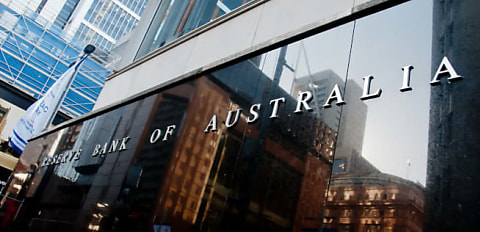In an address to the Risk Conference yesterday (8 August), Reserve Bank of Australia (RBA) acting head of domestic markets Carl Schwartz spoke on the role that Australian financial markets have to play in addressing climate change and the outlook for green and sustainable finance in Australia.
According to Mr Schwartz, ‘green loans’ are gaining “considerable momentum” in activity and pose as an “attractive prospect” for assisting the green transition due to the importance of bank lending in the Australian financial system.
“In particular, given the size of household lending and residential emissions – residential buildings contribute more than 10 per cent of Australia’s carbon emissions – there is considerable potential to make a meaningful reduction to overall emissions,” Mr Schwartz said.
Mr Schwartz noted that the Australian government has made moves to support green loans to consumers, recently allocating additional funds to the Clean Energy Finance Corporation.
“It has also announced plans to expand the Nationwide House Energy Rating Scheme to provide energy ratings for existing dwellings in addition to new ones,” he added.
“This stands to substantially increase the pool of loans with information relevant for sustainable finance.”
Borrowers seek out green products
Preceding this address, a report commissioned by QBE Lenders’ Mortgage Insurance, the 2022–25 Housing Outlook, found that home owners are taking proactive measures to mitigate the impact of higher energy prices on the environment.
Electricity prices soared by around 25 per cent on 1 July 2023, following recent energy sector cost hikes.
While the federal government has announced reforms on the renewable energy infrastructure, it will be some time yet before households’ energy bills come down, with the Australian Energy Regulator (AER) already warning energy prices have nearly tripled since 2021.
As a result, QBE’s housing outlook report has shed light on the growing trend of investing in environmentally friendly home improvements.
The report signalled home owners are increasingly opting for solar panels, double-glazed windows, lighter-coloured roofs, and advanced heating and cooling solutions.
These energy-efficient measures not only reduce emissions but also help future-proof one of the most significant assets of home owners, general manager Pat Priest said.
“An energy-efficient home uses 66 per cent less electricity, 51 per cent less water and produces 62 per cent fewer greenhouse gas emissions,” Ms Priest said.
[RELATED: ‘Historical high’ for mortgage repayments projected: RBA]

